Introduction

Understand Your Local Climate
Your local climate plays a significant role in determining what materials will stand the test of time on your deck. For instance, areas with high humidity may require specific treatments for wood decks to prevent rot, while sunny regions might benefit from heat-resistant composite deck boards that won’t warp or fade. By understanding these factors, you can identify the best for decking that complements both your lifestyle and environment.
Explore Decking Material Options
With so many decking material options available today, choosing the right one can feel overwhelming. From classic wood decks that offer timeless charm to innovative composite lumber decking that promises low maintenance and longevity, each option has its unique advantages. Exploring these choices will help you find not only the best decking material but also one that aligns with your preferences and budget.
Importance of Choosing the Right Decking
Selecting the right decking material is essential for ensuring a long-lasting investment in your home’s exterior appeal. The best decking will withstand harsh weather conditions while requiring minimal upkeep over time—think less scrubbing and more relaxing! Making an informed decision now means enjoying a beautiful deck for years to come without frequent repairs or replacements.
The Impact of Weather Conditions
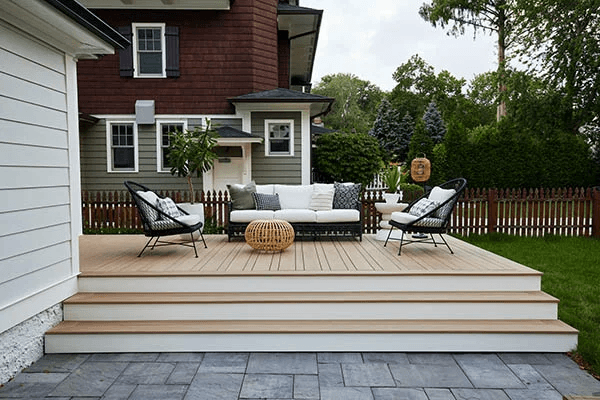
Different climates can dramatically influence the longevity and maintenance needs of various decking options, including wood decks and composite lumber decking. So, let’s dive into how hot sun, frigid winters, and moisture levels play a role in your decking decision.
Hot Climates and Material Durability
In regions where the sun blazes down relentlessly, choosing the right materials is essential for ensuring your deck remains beautiful and functional over time. Wood decks may warp or fade under intense UV exposure, while composite deck boards are designed to resist such damage effectively. Therefore, if you live in a sunny area, opting for composite deck boards can be one of the best options for decking that stands up to heat without compromising aesthetics.
Moreover, heat can cause wood to expand and contract significantly, leading to cracks or splinters that not only mar its appearance but also pose safety risks. Composite lumber decking typically has superior thermal resistance compared to traditional wood decks; this means less chance of warping or cracking even in sweltering conditions. When considering the best decking material for hot climates, remember that durability is key—choose wisely!
Cold Weather Resistance Requirements
Cold weather presents its own set of challenges when it comes to selecting materials for your outdoor space. Wood decks can absorb moisture during winter months; when temperatures drop below freezing, this absorbed water can lead to ice formation that causes cracking or splitting in the wood fibers. In contrast, composite deck boards are engineered specifically to resist moisture absorption and minimize freeze-thaw damage.
Additionally, snow accumulation on wooden surfaces can create a slippery hazard during winter months; however, many composite lumber deckings come with textured surfaces designed for better traction even when wet or icy. This makes them not only safer but also low-maintenance choices as they require less effort for snow removal compared to their wooden counterparts. If you’re in a colder climate looking for the best decking material that won’t buckle under pressure (or ice), consider going with high-quality composite options.
Humidity and Moisture Considerations
Humidity levels play a significant role in determining which type of deck boards will perform best over time—especially if you live in areas prone to heavy rainfall or high humidity levels year-round! Traditional wood decks may swell due to moisture absorption leading them vulnerable to mold growth or rot if not properly maintained with regular sealing treatments. On the flip side, composite lumber decking offers excellent resistance against moisture-related issues thanks to its non-porous nature.
The ability of composite deck boards to withstand humidity makes them an attractive choice for homeowners seeking low-maintenance solutions without sacrificing style or safety features like slip resistance! Furthermore, opting for eco-friendly varieties ensures you’re making sustainable choices while enjoying all-weather performance from your investment in outdoor living space enhancements! When evaluating options based on local climate conditions—especially humidity—it’s clear why many homeowners now consider composites as their go-to choice among available materials.
Comparing Wood and Composite Decking
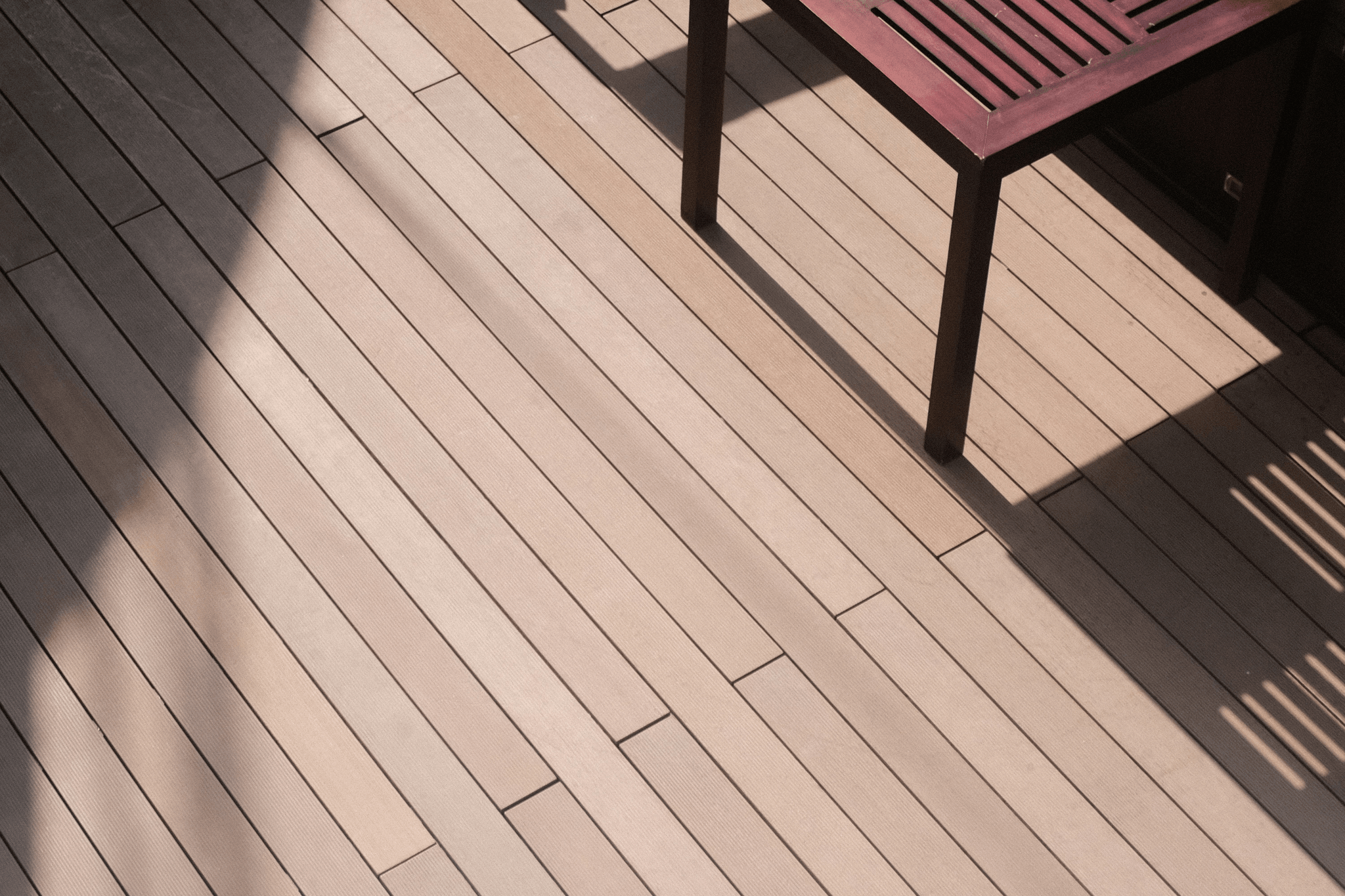
Each option has its own set of pros and cons that can significantly impact your decision-making process. Understanding these differences will help you select the best for decking that meets your needs and preferences.
Pros and Cons of Wood Decks
Wood decks have long been cherished for their natural beauty and warmth, making them a classic choice among homeowners. The aesthetic appeal of rich grains and colors can enhance any outdoor setting, giving it a cozy feel. However, wood decks come with drawbacks; they require regular maintenance to prevent rot, warping, and splintering, which can be time-consuming and costly over time.
On the flip side, there's something undeniably charming about the sound of footsteps on wooden deck boards or the smell of freshly cut timber in summer air. This charm often leads many to overlook the labor-intensive upkeep required to keep wood looking its best. Ultimately, while wood decks may offer an inviting atmosphere, they may not always be the most practical or durable option when considering longevity.
Advantages of Composite Lumber Decking
Composite lumber decking has surged in popularity as a viable alternative to traditional wood decks due to its impressive durability and low maintenance requirements. Made from a blend of recycled materials and plastic fibers, composite deck boards resist fading, staining, and insect damage far better than their wooden counterparts. This makes them an excellent choice for those seeking a long-lasting solution that requires minimal upkeep.
Moreover, composite deck boards come in various colors and styles that mimic the look of natural wood without the associated downsides—no more sanding or sealing every few years! Homeowners can enjoy their outdoor spaces without worrying about splinters or water damage caused by harsh weather conditions. With all these benefits combined, it's no wonder many consider composite lumber decking one of the best decking materials available today.
Maintenance Needs for Different Materials
When weighing your options between wood decks and composite options like deck composite decking, maintenance is a crucial factor to consider. Wood decks generally demand regular staining or sealing every couple of years to protect against moisture damage—an investment in both time and money that some homeowners might not want to commit to long-term. In contrast, composite lumber decking typically requires just occasional cleaning with soap and water to keep it looking fresh throughout the seasons.
Additionally, while wooden surfaces can develop mold or algae growth if not properly maintained—a slippery hazard during rainy days—composite materials are designed with slip-resistant features that enhance safety without constant attention from homeowners. Understanding these varying maintenance needs will help you determine which option is truly best for decking based on how much effort you're willing—or able—to invest in upkeep over time.
Best Decking Materials for Various Climates
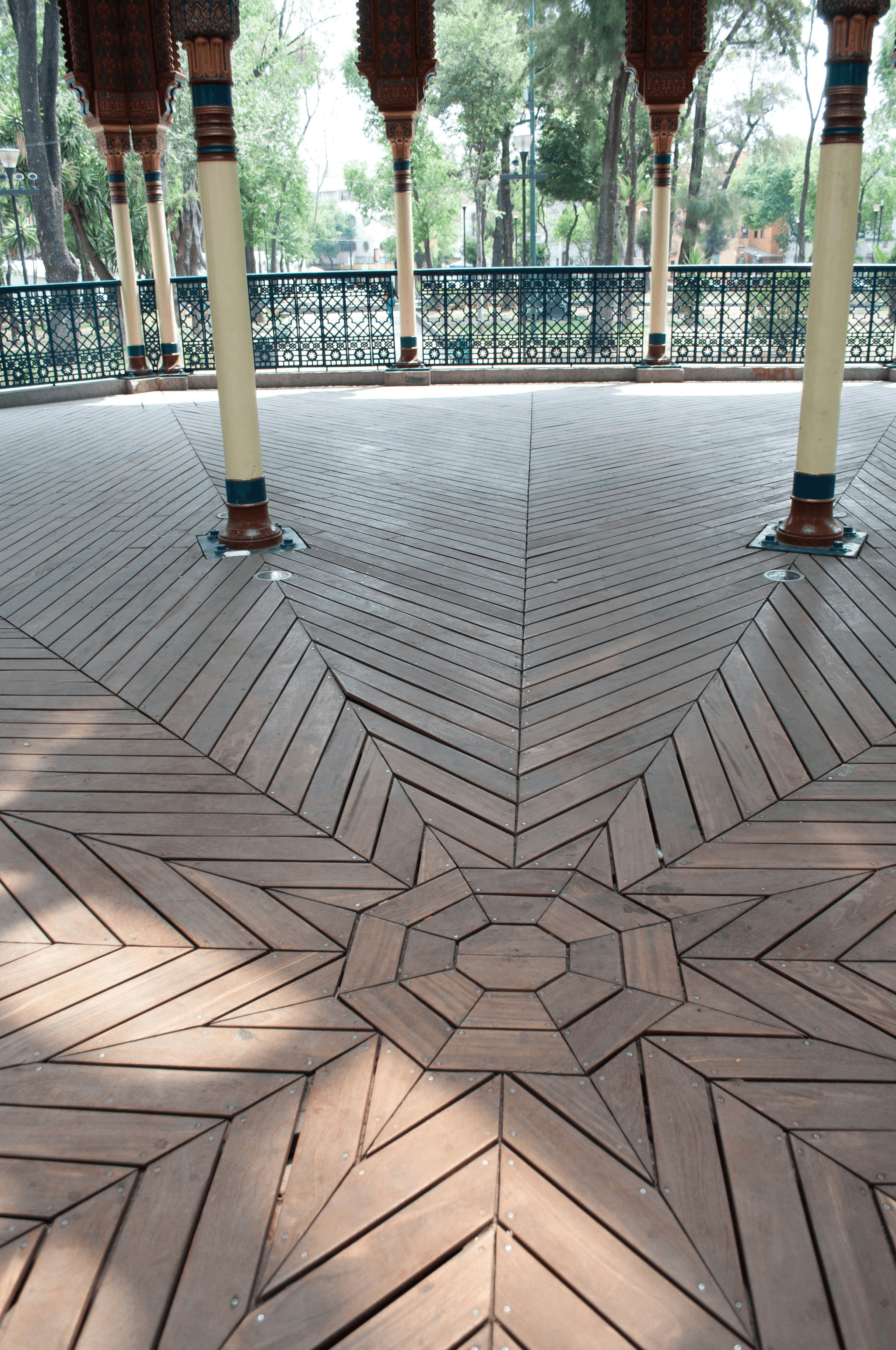
Different weather conditions can significantly impact the performance and longevity of your deck boards, making it essential to choose wisely. Here’s a breakdown of ideal decking options tailored for sunny regions, rainy areas, and mixed climates.
Ideal Options for Sunny Regions
In sunny regions where UV exposure is high, the best decking material often includes composite lumber decking or specially treated wood decks that resist fading and warping. Composite deck boards are engineered to withstand harsh sunlight without losing their color or structural integrity over time. Not only do these materials provide durability, but they also require less maintenance than traditional wood decks, making them a smart long-term investment.
For those who prefer natural aesthetics, consider using hardwoods like Ipe or Teak; these woods are naturally resistant to sun damage and can offer a stunning look that complements any outdoor space. However, keep in mind that while wood decks require more maintenance—like regular sealing—they can be worth it if you love the classic charm of real wood. Ultimately, whether you opt for composite or hardwood options, ensuring they are rated for high UV exposure will help you find the best for decking in sunny locales.
Effective Solutions for Rainy Areas
If you live in a rainy area where moisture is a concern, choosing the right materials becomes even more critical to prevent rot and mold growth on your deck boards. Composite lumber decking shines here due to its water-resistant properties; unlike traditional wood decks that can absorb moisture and warp over time, composite materials repel water effectively. This makes composite deck boards an ideal choice as they maintain their appearance and structural integrity despite constant exposure to wet conditions.
For those still leaning towards wood decks in humid climates, consider using pressure-treated lumber or naturally rot-resistant species like cedar or redwood; these woods have inherent qualities that help them withstand moisture better than standard options. Additionally, ensure proper drainage systems are installed around your deck area to minimize standing water accumulation—this will enhance the longevity of any material used. In summary, when selecting materials for rainy areas, prioritize durability and moisture resistance to ensure your outdoor space remains inviting year-round.
Choosing Deck Boards for Mixed Climates
Mixed climates present unique challenges as they experience fluctuations between hot summers and cold winters; thus selecting versatile deck boards becomes essential in this scenario. The best decking material here would likely be composite lumber decking due to its ability to handle temperature changes without cracking or warping—a common issue with traditional wood decks under such conditions. Additionally, composite options often come with warranties against fading and damage from weather extremes.
However, if you prefer natural aesthetics found in wood decks but want something resilient enough for mixed climates, consider using thermally modified woods which have undergone treatment processes enhancing their stability against temperature variations while retaining beautiful grain patterns. This approach allows homeowners to achieve both beauty and functionality without compromising on quality over time. Ultimately, whether you choose composite or treated wood board options tailored for mixed climates will depend on personal preferences regarding maintenance requirements versus aesthetic appeal.
Cost vs. Longevity: What to Consider
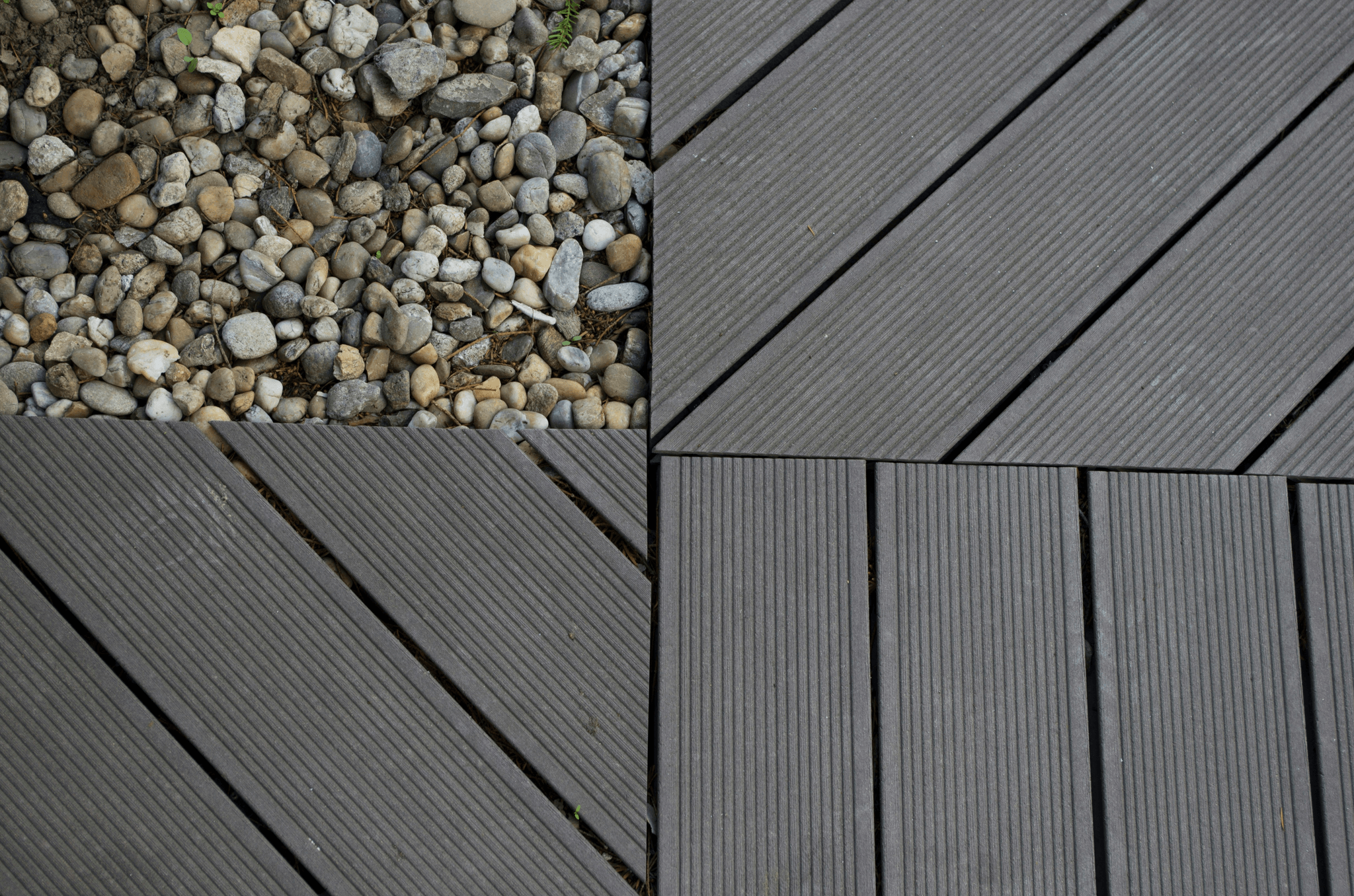
When selecting the best decking material, cost and longevity are two primary factors that every homeowner should weigh carefully. While it may be tempting to go for the cheapest option, considering how long your choice will last is crucial for both your wallet and your outdoor enjoyment. After all, a deck is an investment in your home and lifestyle, so understanding the balance between initial costs and long-term value is essential.
Initial Investment in Deck Composite Decking
The initial investment in deck composite decking can vary significantly based on the type of materials you choose. Composite lumber decking tends to have a higher upfront cost compared to traditional wood decks; however, this price often reflects its durability and reduced maintenance needs over time. If you're looking for the best for decking that won't warp or splinter, investing in quality composite deck boards might save you money down the line due to their longer lifespan.
Long-Term Maintenance Costs
When evaluating long-term maintenance costs, it's important to consider how each material holds up against weather conditions and wear over time. Wood decks typically require regular staining or sealing, which can add up quickly if you’re not diligent about upkeep; think of it as a recurring bill that never really goes away! In contrast, composite deck boards are designed with low-maintenance in mind—offering resistance against fading and rot—making them a smart choice for those who want to enjoy their outdoor space without constant hassle.
Evaluating Value Over Time
Evaluating value over time involves more than just crunching numbers; it requires considering how much enjoyment you'll get from your deck versus what you put into it financially. While wood may initially seem like a budget-friendly option, its ongoing maintenance can diminish its overall value compared to composite options that stand strong year after year with little intervention needed. Ultimately, when searching for the best decking material suited for your climate and lifestyle preferences, remember that longevity often trumps short-term savings—especially if you plan on enjoying that beautiful outdoor space for years to come!
Sustainable Choices for Eco-Conscious Homeowners
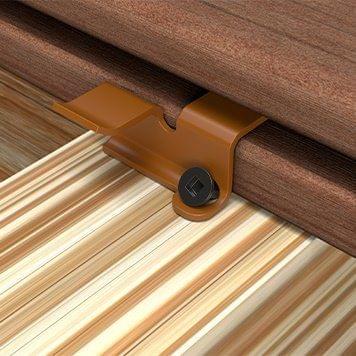
In today’s environmentally conscious world, selecting the best decking material goes beyond aesthetics and durability; it also involves considering the impact on our planet. Eco-friendly options like composite lumber decking are gaining popularity due to their sustainable properties and reduced environmental footprint. By choosing materials that prioritize sustainability, homeowners can enjoy their outdoor spaces while contributing positively to the environment.
Benefits of Eco-Friendly Composite Deck Boards
One of the most significant advantages of eco-friendly composite deck boards is their ability to mimic the look of traditional wood decks without the associated drawbacks. Made from recycled materials, these composite boards are not only durable but also reduce waste in landfills, making them a responsible choice for decking. Additionally, they require less maintenance than wood decks, which often need regular staining and sealing—saving both time and resources over their lifespan.
Another perk of using composite lumber decking is its resistance to rot and decay, which means fewer replacements over time—a win for both your wallet and the environment. The longevity of these materials means you won’t have to replace them as frequently as wood decks, leading to lower overall resource consumption. Plus, many manufacturers offer warranties that reflect confidence in their product's durability, making it a smart investment for eco-conscious homeowners.
Finally, opting for composite deck boards can enhance energy efficiency around your home by minimizing heat absorption compared to traditional wood surfaces. This can lead to cooler outdoor areas during hot summer months and potentially lower cooling costs inside your home. All these factors make eco-friendly composite decking one of the best choices for those looking to balance style with sustainability.
Sourcing Sustainable Wood Decks
If you prefer the natural charm of wood decks but want a sustainable option, sourcing sustainably harvested timber is essential. Look for certifications such as FSC (Forest Stewardship Council), which ensures that the wood comes from responsibly managed forests that provide environmental benefits while supporting local communities. By choosing certified woods like cedar or redwood from reputable suppliers, you can enjoy beautiful deck boards without compromising ecological integrity.
Additionally, consider reclaimed or salvaged wood as an excellent alternative when sourcing sustainable materials for your deck project. This not only reduces demand for new timber but also adds character and history to your outdoor space—talk about a conversation starter! Using reclaimed materials allows you to create stunning designs while minimizing your environmental impact.
Lastly, supporting local businesses that prioritize sustainability can make a significant difference in promoting eco-friendly practices within your community. Companies focused on sourcing sustainable wood tend to have transparent supply chains and are often more invested in reducing their carbon footprint than larger corporations. So when you're on the hunt for the best decking material with minimal environmental impact, don't forget about those local gems!
Supporting Companies Like Composite Decking Inc
When searching for eco-conscious options in decking materials, consider supporting companies like Composite Decking Inc that prioritize sustainability throughout their operations. These manufacturers focus on creating high-quality composite lumber decking made from recycled plastics and wood fibers—resulting in products that are not only durable but also environmentally friendly! By choosing brands committed to responsible practices, consumers can help drive demand towards greener alternatives in the industry.
Moreover, many companies now emphasize transparency regarding their sourcing methods and production processes—providing customers with peace of mind knowing they’re making informed choices about what they install in their backyards or patios. Investing in products from reputable brands ensures you're getting some of the best decking available while supporting an industry shift towards more sustainable practices overall.
In conclusion, selecting eco-friendly options like composite deck boards or sustainably sourced woods demonstrates a commitment not just to personal style but also toward preserving our planet’s resources for future generations. As we become increasingly aware of our ecological footprints through every purchase we make—from flooring choices down to everyday items—we contribute positively by favoring brands dedicated explicitly toward this cause!
Conclusion
In conclusion, selecting the best decking material for your home is a decision that hinges on understanding your local climate and the specific needs of your outdoor space. Whether you lean towards traditional wood decks or opt for modern composite lumber decking, each choice comes with its own set of advantages and challenges. By weighing factors such as durability, maintenance, and cost, you can ensure that your deck not only enhances your home’s aesthetic but also stands the test of time.
Recap of Key Climate Considerations
When it comes to choosing the best decking material, climate plays a crucial role in determining what will work best for you. Hot climates demand materials that can withstand intense UV exposure and heat without warping or fading, making composite deck boards a popular choice due to their resilience. Conversely, cold weather requires materials that offer resistance to freezing temperatures and moisture; therefore, well-treated wood decks or high-quality composites are often favored in these regions.
Final Thoughts on Material Choices
Ultimately, both wood decks and composite lumber decking have their merits; it’s all about finding what aligns with your lifestyle and environmental conditions. Composite deck boards offer low maintenance and long-lasting performance while retaining an attractive appearance year after year—making them a strong contender for those seeking the best for decking solutions. On the other hand, if you cherish the natural beauty of wood and don’t mind regular upkeep, traditional wooden options can provide warmth and character to any outdoor setting.
Your Next Steps in Selecting the Best Decking
Now that you're armed with knowledge about various materials and climate considerations for your new deck project, it’s time to take action! Start by assessing your local weather patterns—this will guide you toward either durable composite deck boards or classic wood decks based on their suitability for your area. Finally, consider visiting local suppliers or consulting with professionals who can help you navigate through options to find the best decking material tailored just for you.
